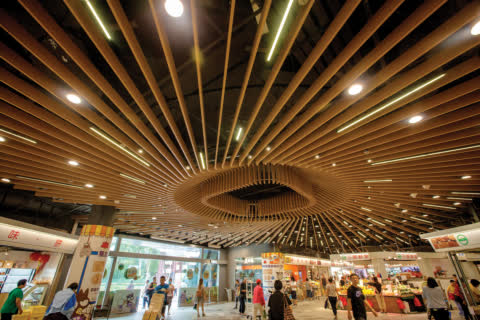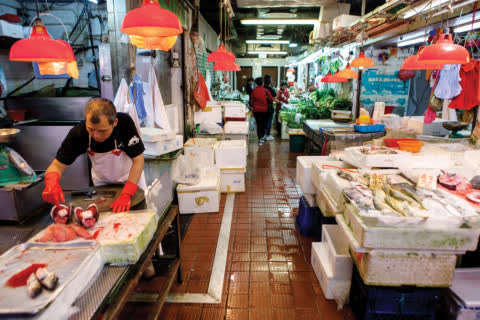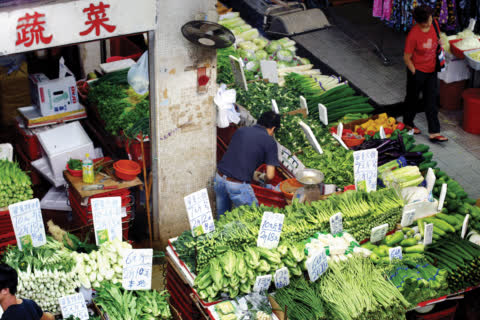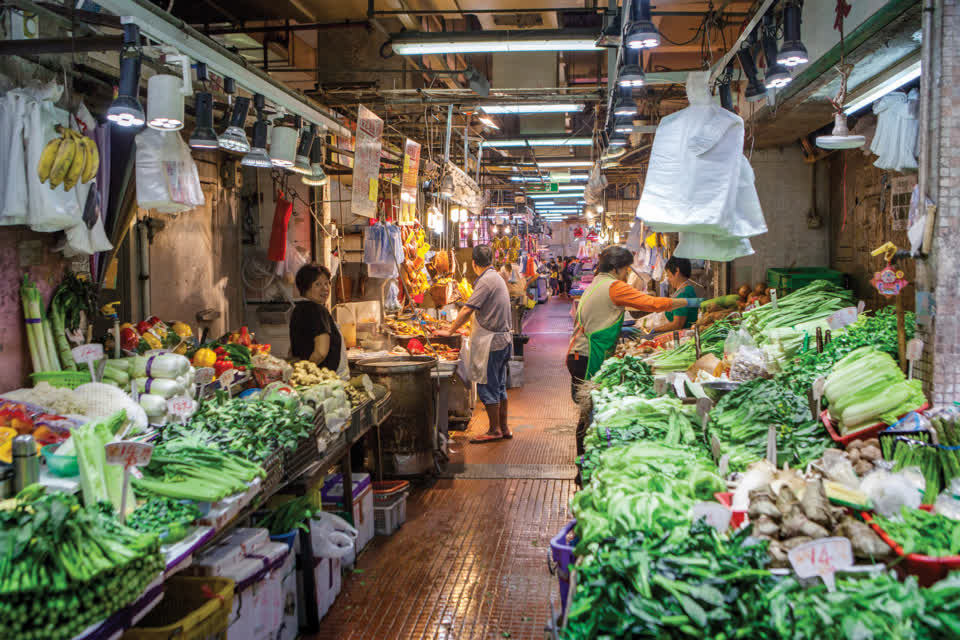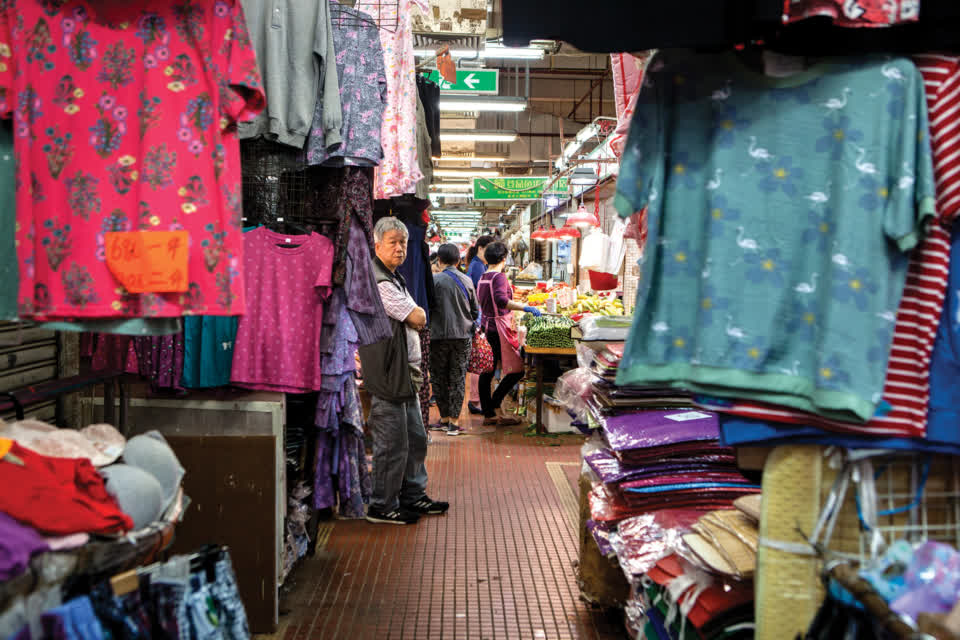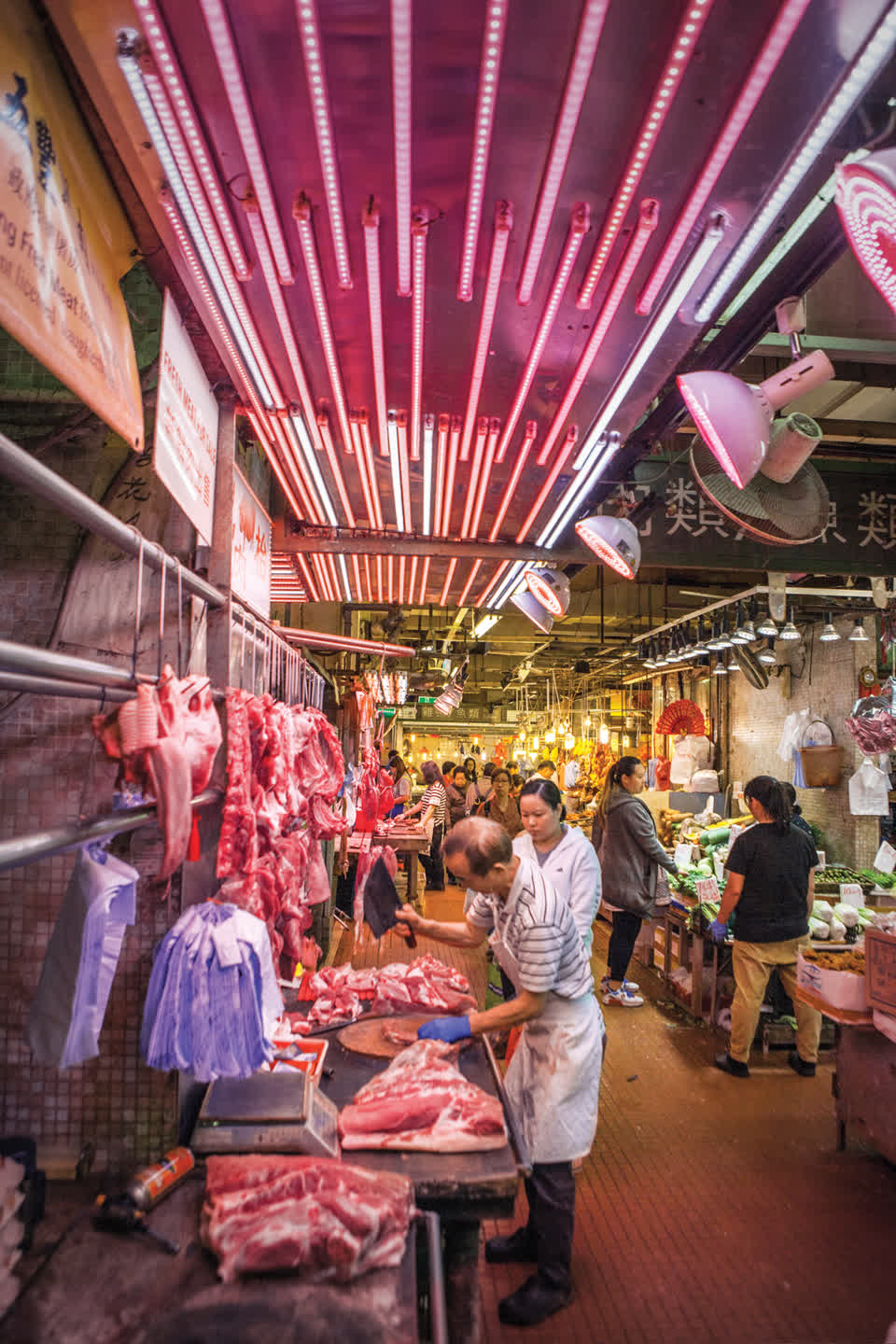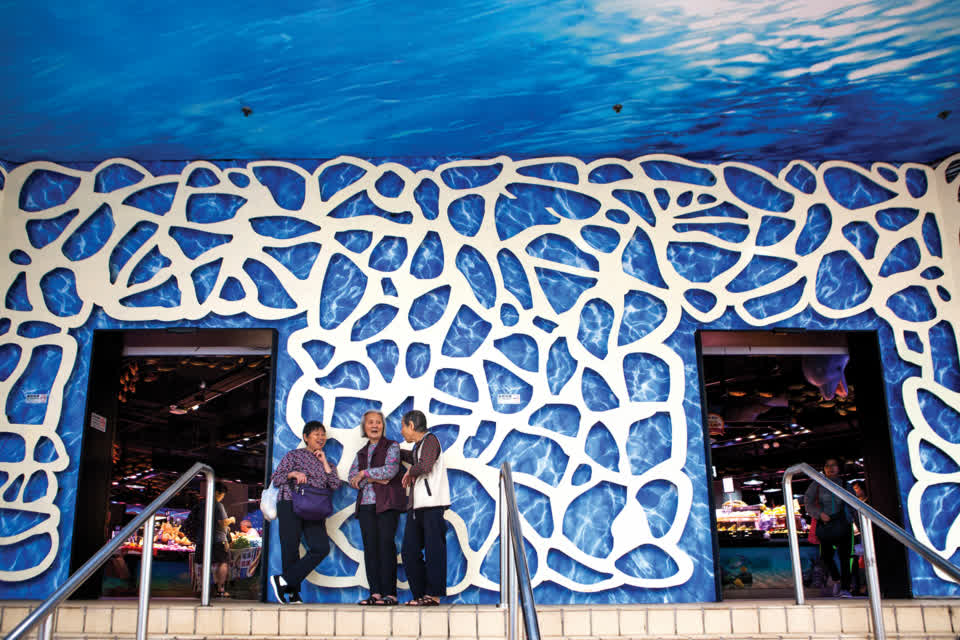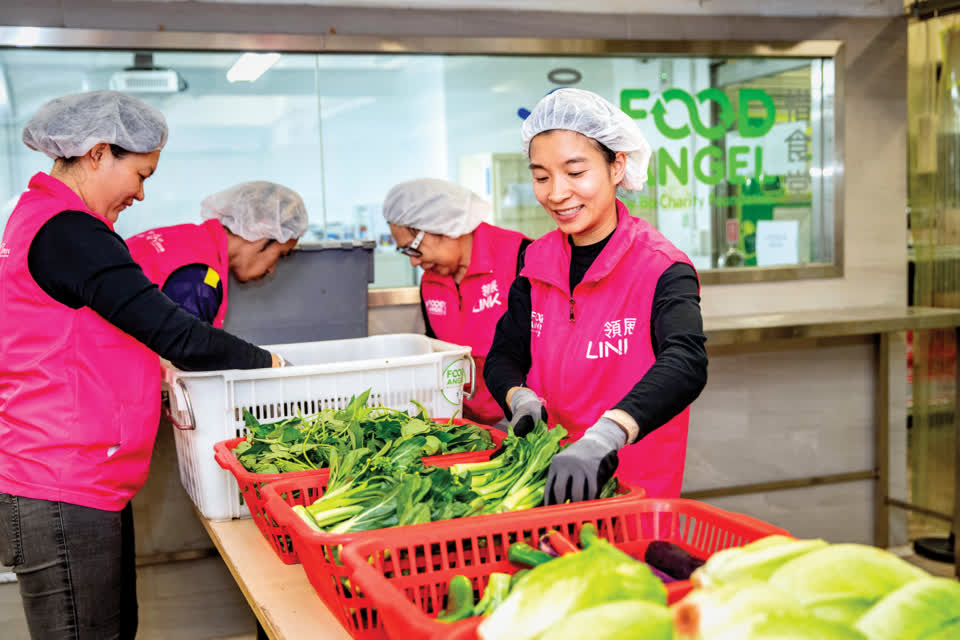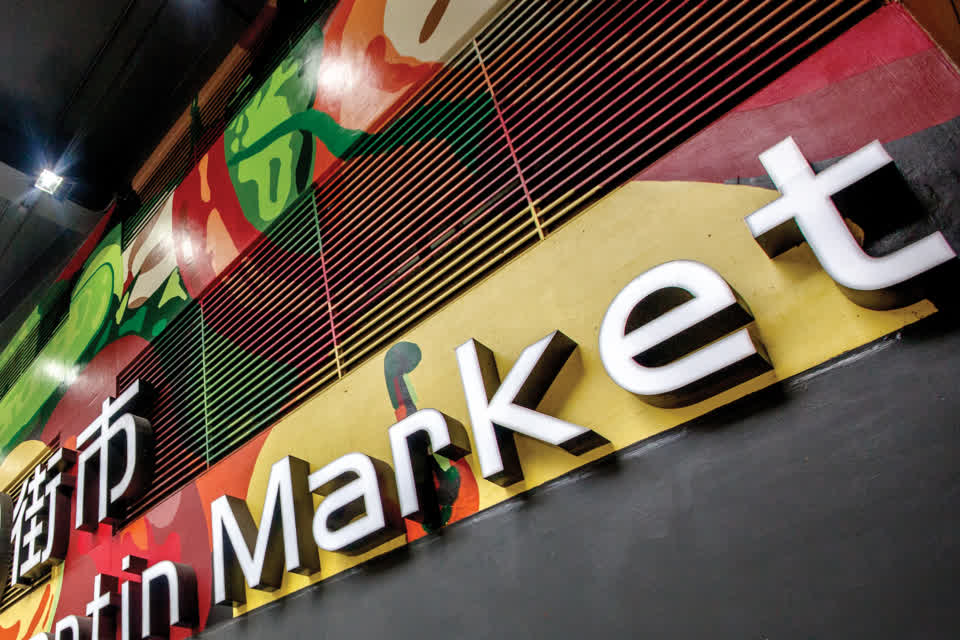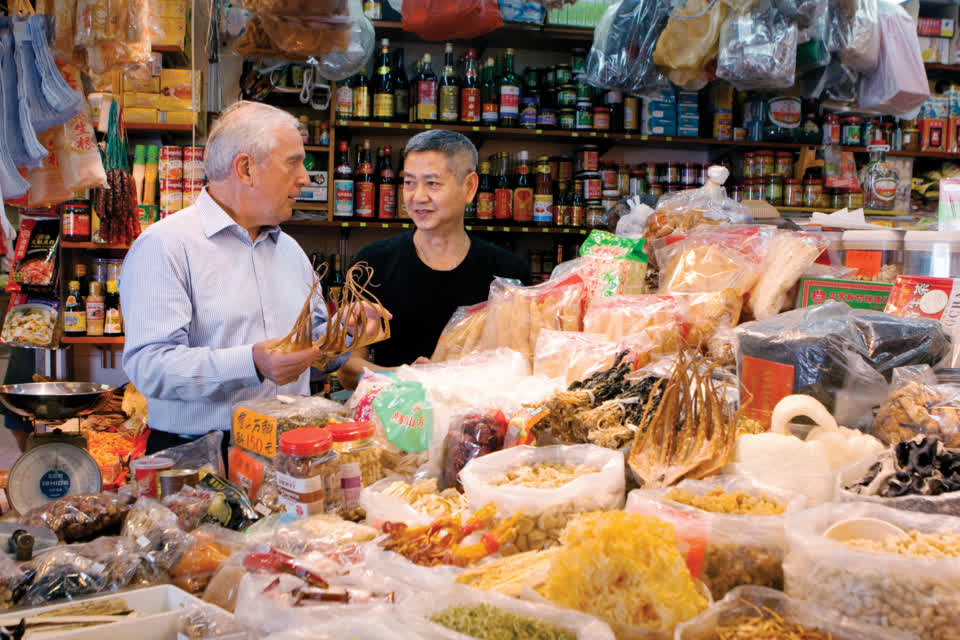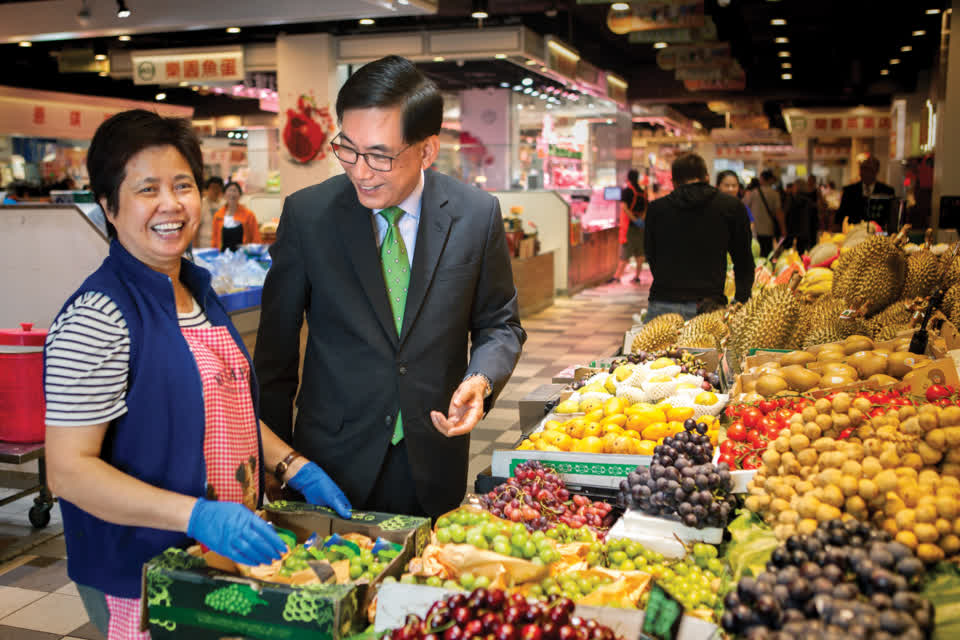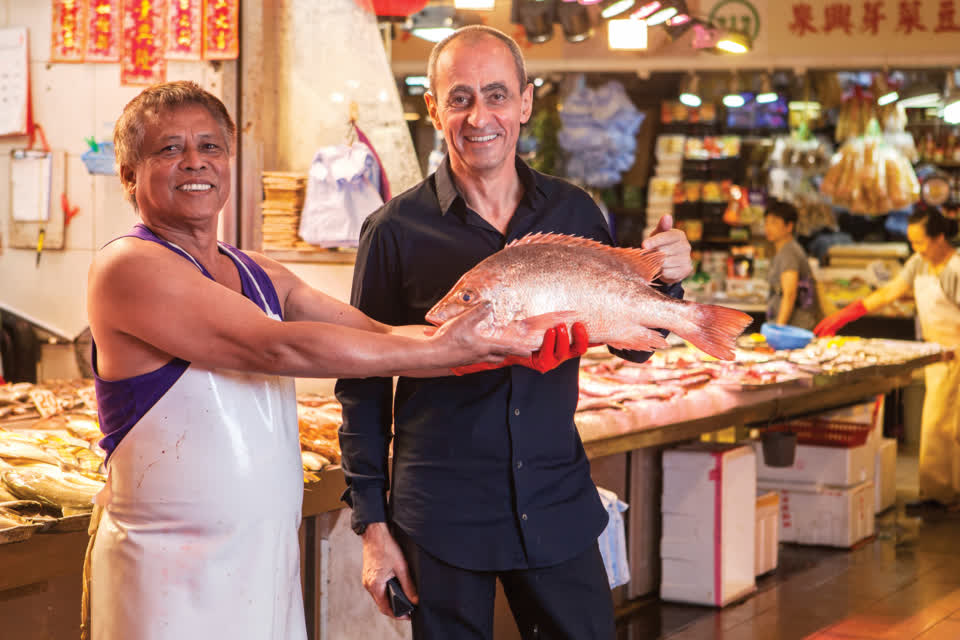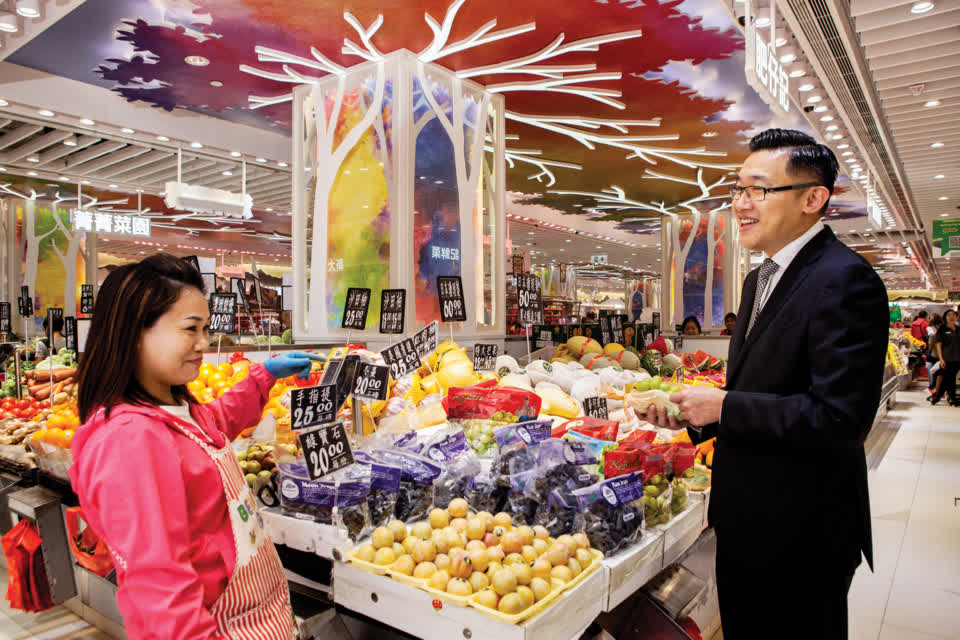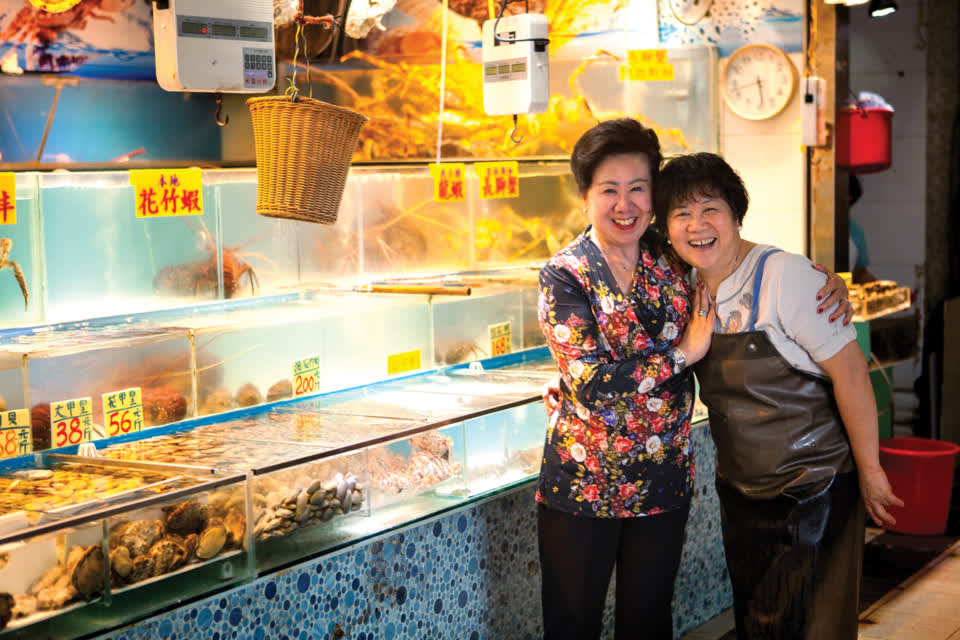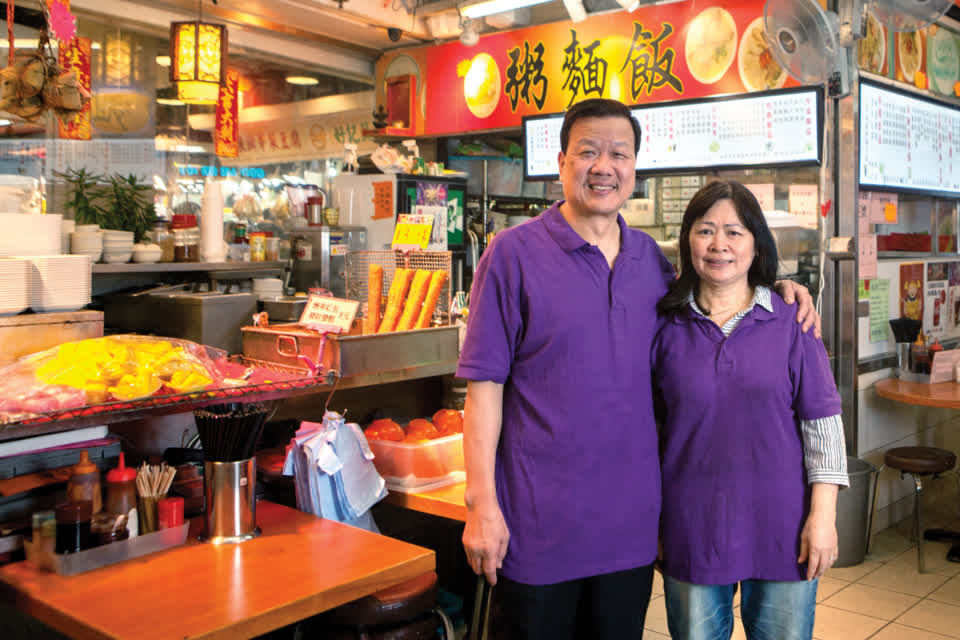This story of renewal started in 2005, when Link Real Estate Investment Trust (REIT) was created. It was spun off in an IPO from properties formerly owned by the Hong Kong Housing Authority. It was the first real estate investment trust to be formed in Hong Kong, and today it holds the title of Asia’s largest by market capitalisation.
The new Link REIT had an extensive property portfolio covering several million square feet. This included hundreds of shopping centres, tens of thousands of car parking spaces – and scores of fresh markets in almost every corner of Hong Kong.
These markets had originally been built to serve the residents of the large housing estates in which they were located, and up until this point they had been operated in exactly the same way for 50 years or more. There had been no impetus to change them. They had always been like this, people thought. Dirt and mess were to be expected. Off-putting smells had to be tolerated. This had become the accepted view of what a market was like.
Because of this, the markets were in danger of turning into a sunset industry, with an ageing crew of stallholders and customers, and younger shoppers staying away.
Nicholas Sallnow-Smith, the former Link Chairman who retired in 2016, remembers the old state of affairs very well.
“There was a mall I visited in Sha Tin,” he says. “It wasn’t particularly big, but it had a wet market. None of the retail stores in the shopping centre had been changed in terms of the tenants since it was built 30 years earlier. The Housing Authority hadn’t changed any tenants except for one unit which used to be a regional police station which was closed down, so they had to put a new tenant in there. Otherwise, they did nothing, there was no active tenant management at all.
“Now the wet market at this mall was in pretty horrible physical shape and was half-empty. It was very easy to walk into it and think, ‘Well, this is hopeless. Look how bad it is, how can we afford to renovate it when it’s half empty?’ There was not a lot of revenue being made. But the other way of looking at it was this: the reason it’s half-empty of tenants is because it’s in such bad shape. If you actually improve it and make it somewhere that people want to go, then it won’t be half-empty and we’ll make some money.”
The creation of Link was a golden chance to challenge outdated perceptions. Why should a market be slippery, smelly and difficult to walk around? Why couldn’t a market instead be a welcoming place that people would actually enjoy visiting? Wheels were set in motion for a grand renovation project that would transform the way people thought about fresh markets.
